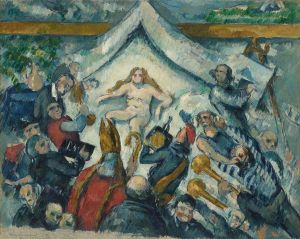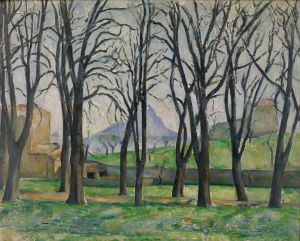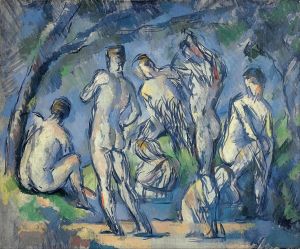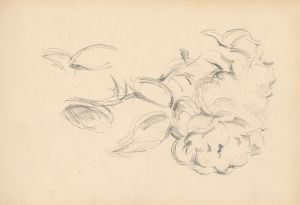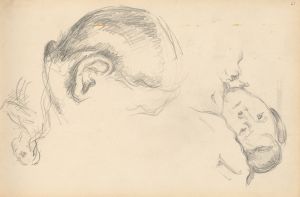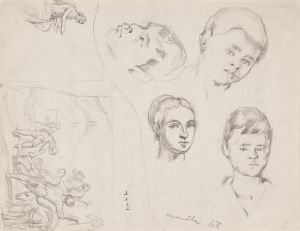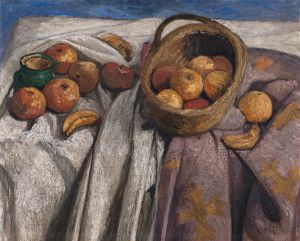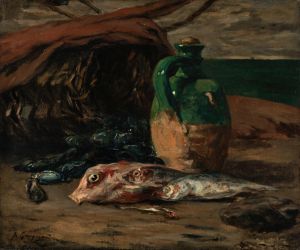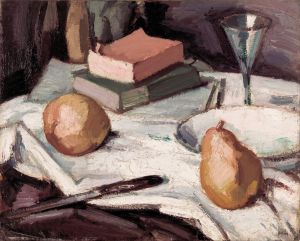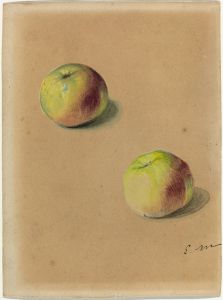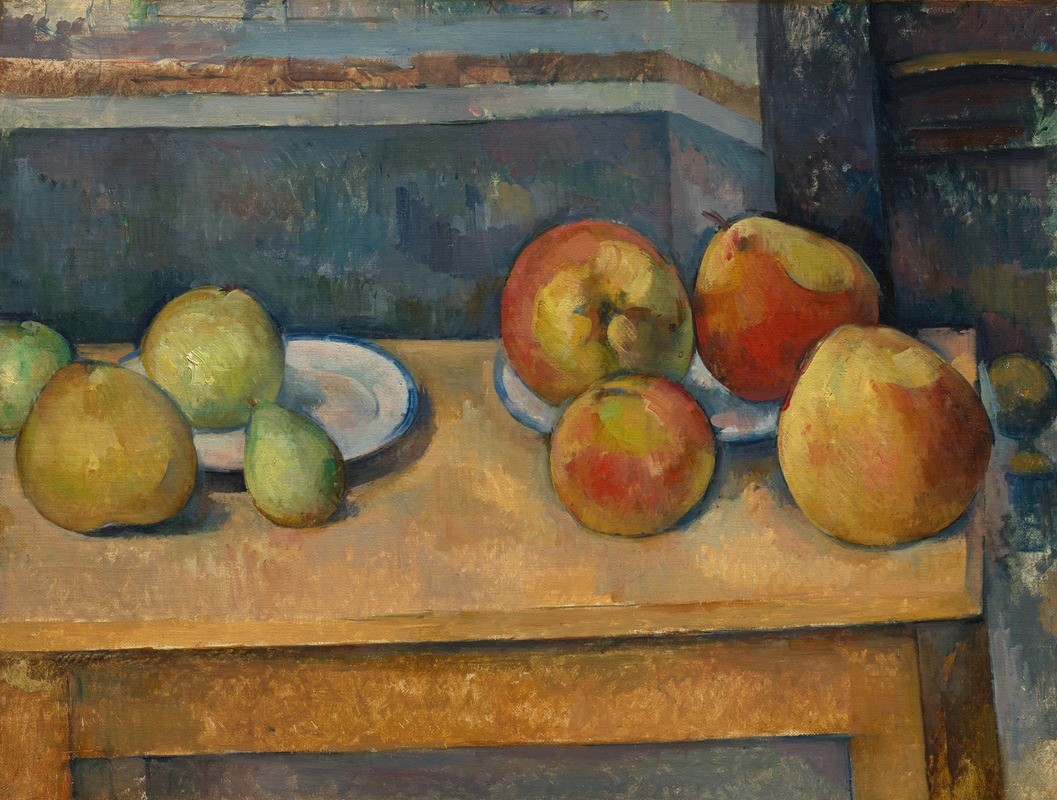
Still Life with Apples and Pears
A hand-painted replica of Paul Cézanne’s masterpiece Still Life with Apples and Pears, meticulously crafted by professional artists to capture the true essence of the original. Each piece is created with museum-quality canvas and rare mineral pigments, carefully painted by experienced artists with delicate brushstrokes and rich, layered colors to perfectly recreate the texture of the original artwork. Unlike machine-printed reproductions, this hand-painted version brings the painting to life, infused with the artist’s emotions and skill in every stroke. Whether for personal collection or home decoration, it instantly elevates the artistic atmosphere of any space.
"Still Life with Apples and Pears" is a notable work by the French Post-Impressionist artist Paul Cézanne, who is often credited with laying the groundwork for the transition from 19th-century artistic concepts to a new and radically different world of art in the 20th century. Cézanne's approach to painting, characterized by his methodical brushstrokes and keen attention to the underlying structure of his subjects, has had a profound influence on the development of modern art.
This particular painting, "Still Life with Apples and Pears," exemplifies Cézanne's innovative approach to still life, a genre he frequently explored throughout his career. The painting showcases Cézanne's distinctive style, where he sought to capture the essence of the objects through careful observation and a unique treatment of form and color. Unlike the traditional still life paintings that aimed for realistic representation, Cézanne's work is more concerned with the exploration of shapes, volume, and the interplay of colors.
In "Still Life with Apples and Pears," Cézanne arranges the fruit in a seemingly casual manner, yet each element is carefully placed to create a balanced composition. The apples and pears are depicted with a sense of solidity and weight, achieved through Cézanne's use of color modulation and his technique of building form with small, repetitive brushstrokes. This method allows the viewer to perceive the three-dimensionality of the objects, as well as the spatial relationships between them.
Cézanne's palette in this painting is characterized by a harmonious blend of warm and cool tones. The apples and pears are rendered in vibrant hues of red, green, and yellow, set against a more subdued background. This contrast not only highlights the fruit but also contributes to the overall sense of depth and volume. The background, often a simple drapery or tabletop, is treated with the same attention to detail, ensuring that it complements rather than detracts from the central focus of the composition.
One of the key aspects of Cézanne's still lifes is his exploration of perspective. In "Still Life with Apples and Pears," he employs a technique known as "multiple viewpoints," where the objects are depicted from slightly different angles within the same composition. This approach challenges the traditional single-point perspective and invites the viewer to engage with the painting in a more dynamic way. It reflects Cézanne's belief that the artist should not merely replicate what is seen but should interpret and reconstruct it to convey a deeper understanding of the subject.
Cézanne's work on still lifes, including "Still Life with Apples and Pears," had a significant impact on subsequent generations of artists. His exploration of form and color influenced the development of Cubism, particularly in the works of Pablo Picasso and Georges Braque, who further deconstructed objects into geometric shapes. Cézanne's emphasis on the structural aspects of painting also paved the way for abstract art, as artists began to focus more on the intrinsic qualities of the medium itself.
"Still Life with Apples and Pears" is a testament to Cézanne's enduring legacy as a pioneer of modern art. Through his innovative techniques and thoughtful compositions, he transformed the still life genre and inspired countless artists to explore new possibilities in their own work. Today, Cézanne is celebrated as one of the most influential figures in the history of art, and his paintings continue to be studied and admired for their profound impact on the evolution of artistic expression.





